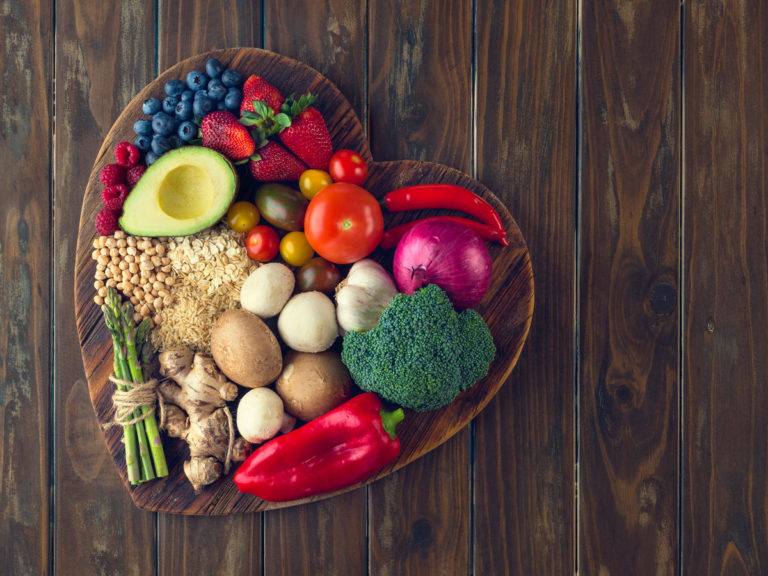
Global warming Globalization
Globalization of food is much needed to interconnect within the countries and helps intersperse the fresh and fine quality of food. This helps in having nutrition along with income generation.
To understand how geographic factors influence food production and distribution around the world we should know about Nutritional Geography
NUTRITIONAL GEOGRAPHY
This part of geography teaches us about the food patterns, farming systems and environmental conditions that influence the growth of food in particular areas.
It is simple to understand that crops grow under favorable conditions and our earth consists of different terrains with divergent ecosystems which results in varied seasonal foods.
Keeping this in mind many agriculturists came forward to help grow crops by creating a very suitable environment which spawned new varieties and also increased growth of other geographical crops in different localities.
Not only terrain and topography but also soil, the pH, nutrients, water and biota play a major role in influencing food production.
TERRAIN as a geographical factor – It mainly is a piece of land with different patterns, or it is usually elevated in slopy in nature.
SOIL as a geographical factor – Soil properties are mainly determined by their location. Soil formation occurs differently across the landscape.
PH and nutrients are the factors influenced by the soil.
PH as soil factor – It tells whether the soil is acidic or basic in nature.
It ranges from 0 to 14 with 7 being neutral, less than 7 means its acidic and more than 7 means its basic in nature.
The pH nature of soil also determines the kind of food grown in a particular area.
NUTRIENTS as a soil factor – There are 17 essential nutrients for plant growth.
They are Carbon, Hydrogen, Oxygen, Nitrogen – sourced from air, water and soil.
Phosphorus, Potassium, Calcium, Magnesium, Sulphur, Zinc, Copper, Manganese, Iron, Chloride and Molybdenum – sourced from fertilizers and soil.
Major nutrients required for any crop to be grown are Nitrogen, Phosphorus and Potassium (N, P, K).
Few plants need specific nutrients to grow. For example: –
Rice crops need Zinc as Micronutrient as it is susceptible to Khaira disease. Like this every crop needs different nutrients to grow and sustain.
WATER as a geographical factor – availability of water is one of the major factors that determines the type of crop grown in a particular geographical area. There are three major groups of plants known as Hydrophytes, Mesophytes and Xerophytes which are known to adapt to a particular habitat based on the availability of water.
HYDROPHYTES are also known as aquatic plants, they grow in or near water and are emergent, submergent or floating in nature. For example, Hydrilla, Vallisneria, lotus and water lilies.
MEPHYOTES grow in a moderate climate with average availability of water. For example, Corn, Cucurbits, Clover etc.
XEROPHYTES grow in areas with very poor availability of water, especially in deserts (like cacti) or snow-covered areas (pineapple).
According to the availability of water on earth’s surface, few plants that grow in one area are totally foreign to others. So, globalization of food is necessary.
BIOTA as a geographical factor- Organisms living in a geographical area making it their habitat. These organisms may be unicellular or multicellular. They help in determining the crop production in a particular geographical area.
For e.g.
- Rhizobium acts as a bio fertilizer to the plants by providing nitrogen.
- Bees and many beetles play a major role in pollination.
- Earthworms provide vermicomposting which promotes plant growth.
- Soil biota helps in breakdown of soil particles for soil quality and soil function which promotes plant growth.
Also, people need more flavors and foods not just grown in their locality, but that has been grown and produced in every corner of the world and that is easier through exporting and importing of food.
But this not only benefits the globalization of foods that has been providing jobs and empowering people around the world.
Constant moving of people from place to place has been increasing higher demand of transporting food due to cultural differences, as nutrition and nourishment are main factors for the development of a person, people tend to take their food advised by their ancestors which is mainly grown in their locality and due to their strong cultural belief and religious roots people tend to food which is grown in their geographical area resulting in transporting of food.
Trading and transportation play a crucial role in agriculture. Transporting food from a particular area to desired area fulfills the outreach of food benefiting not only the farmer but also the consumer providing income along with satisfaction.
The agriculture sector, which is a major part of the world’s economy, has been thriving on the globalization of food.
By: MANAPURAM VAISHNAVI
Write and Win: Participate in Creative writing Contest & International Essay Contest and win fabulous prizes.


